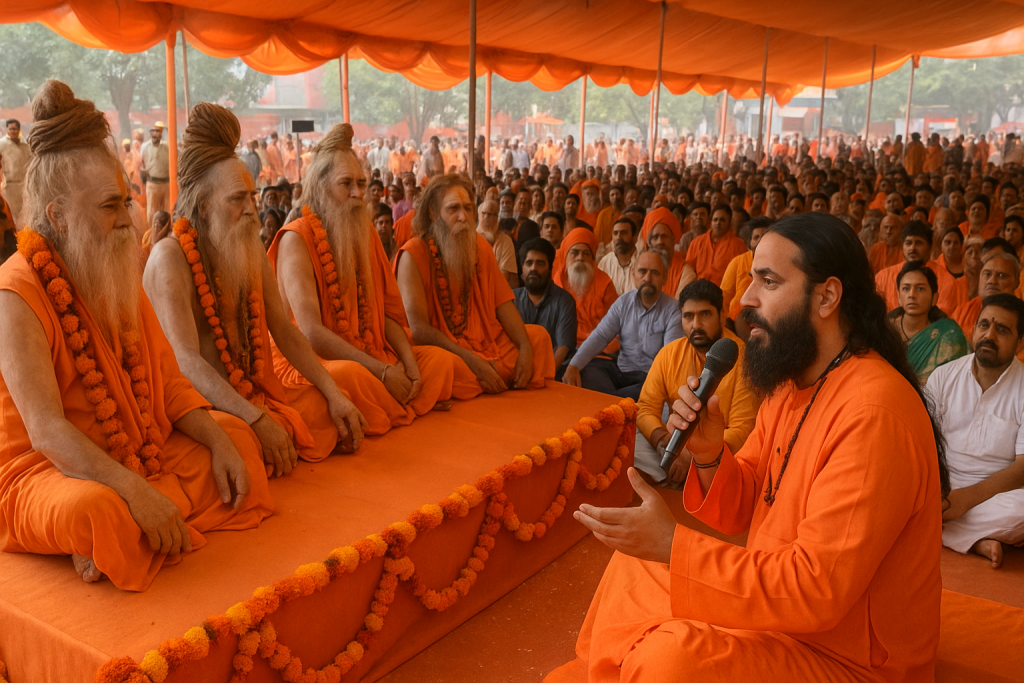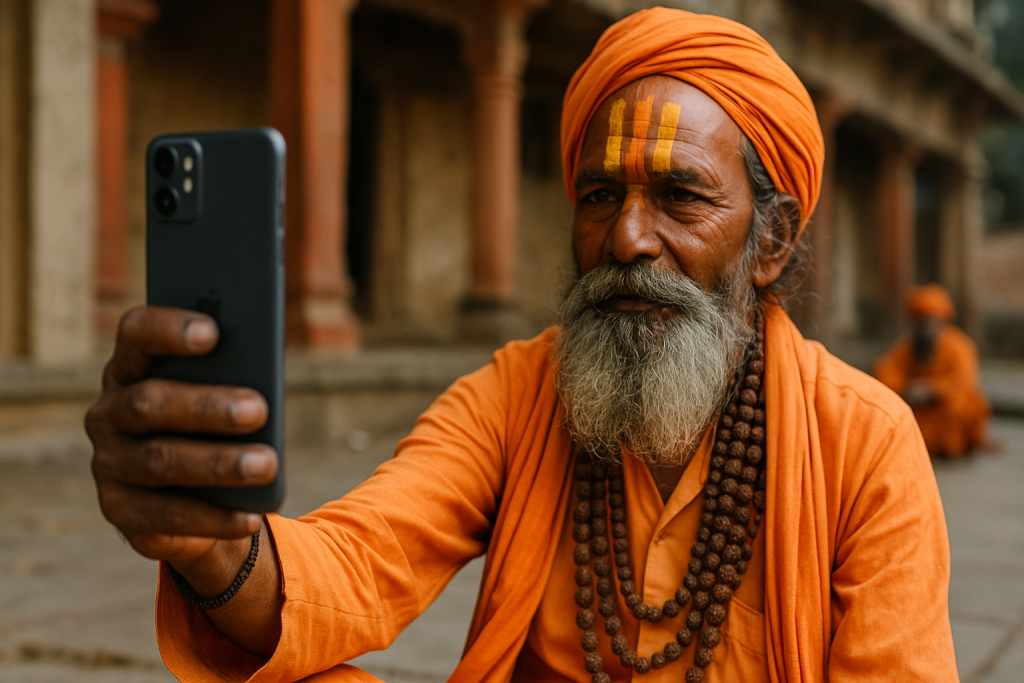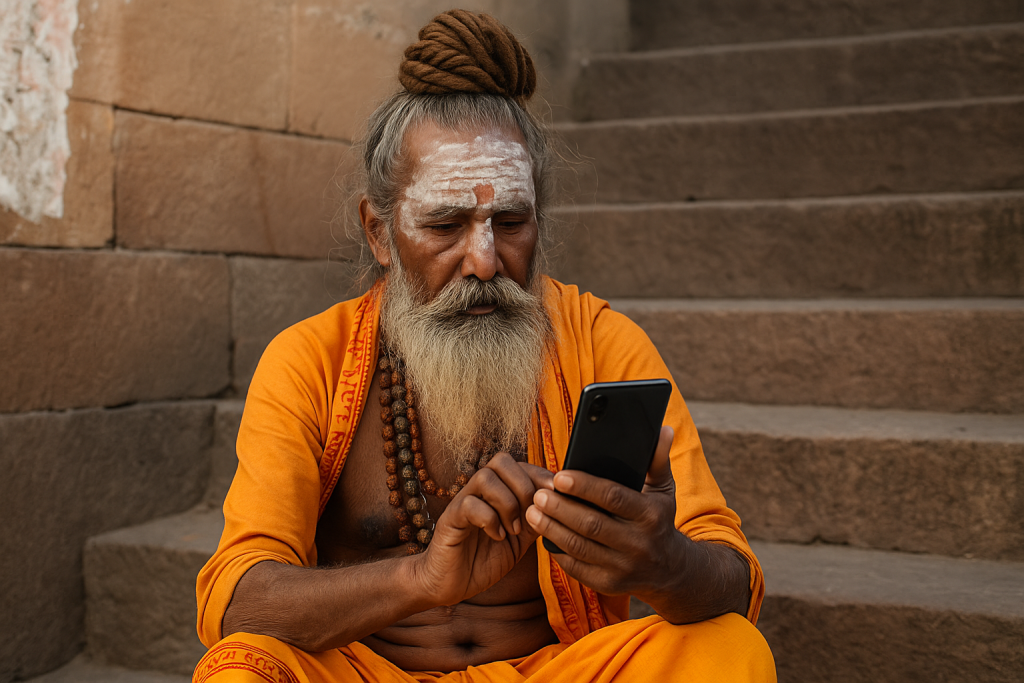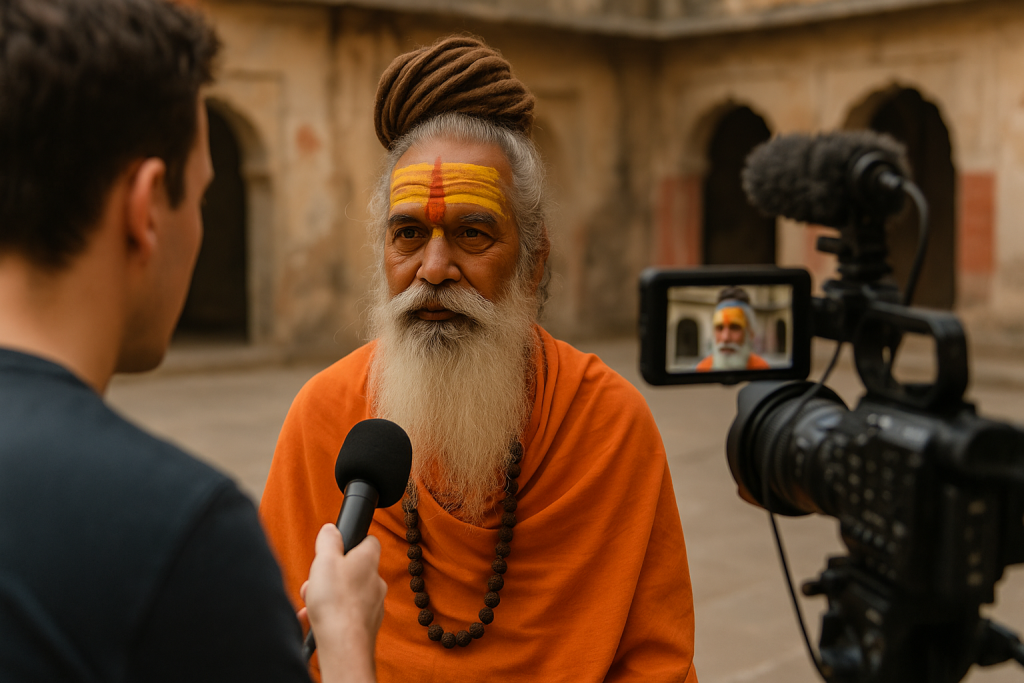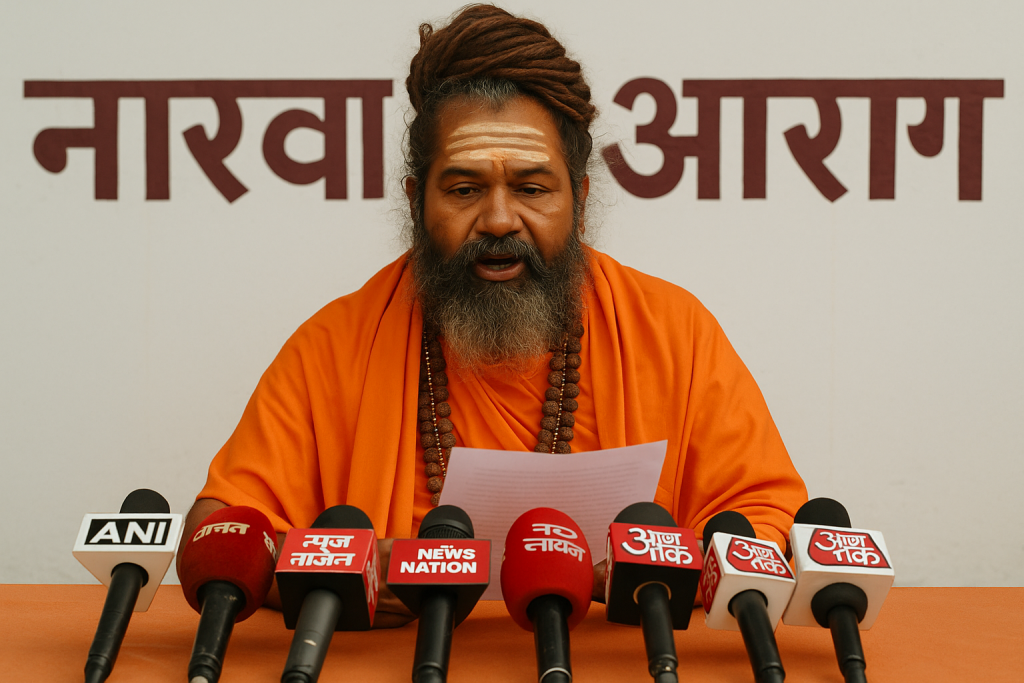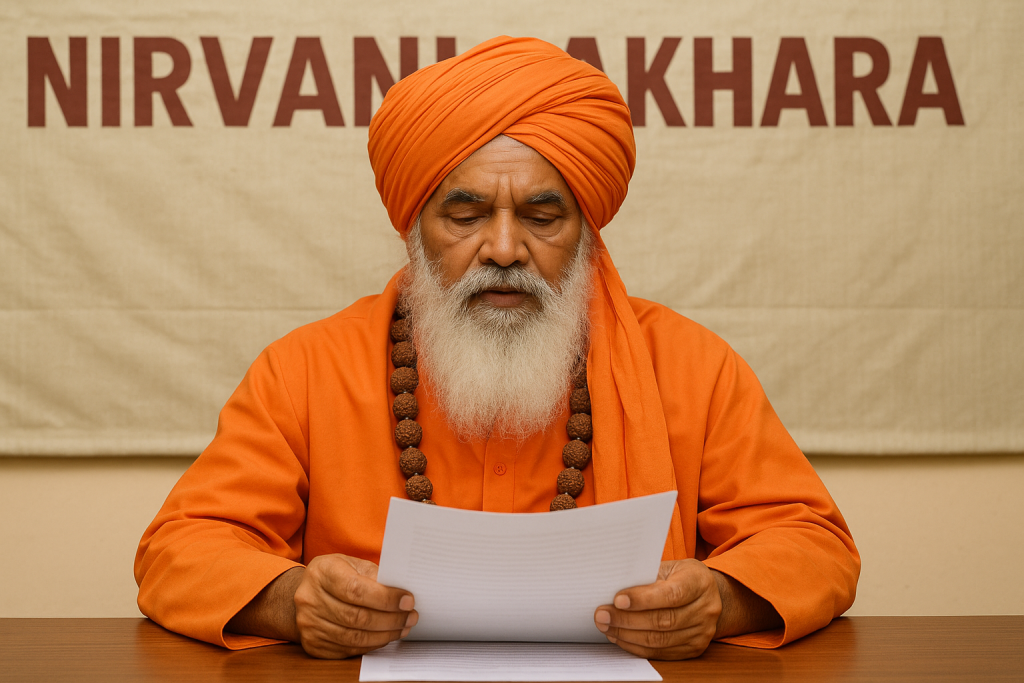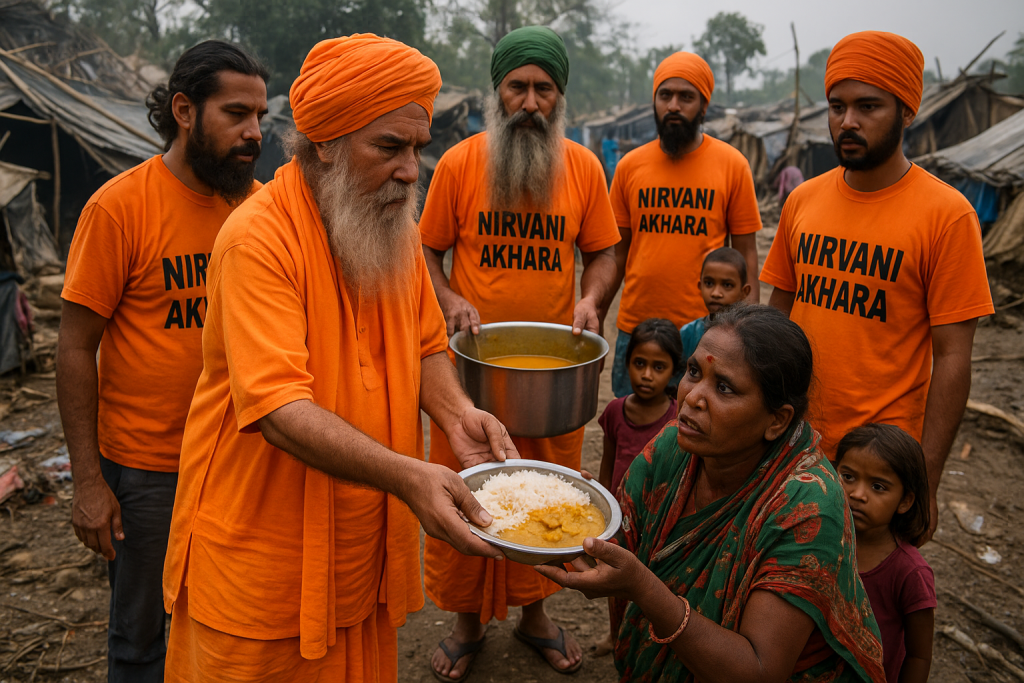The recent spiritual congregations hosted by Nirvani Akhara have once again demonstrated the living power of India’s ancient spiritual traditions. These gatherings, held in sacred locations such as Haridwar, Prayagraj, and Nashik, offered a rare blend of scriptural wisdom, collective worship, and cultural revival, welcoming thousands of spiritual seekers from across the country and beyond.
Reviving Ancient Traditions in Contemporary Times
Nirvani Akhara, one of the most revered Shaiva Akharas, has always played a key role in preserving and propagating Sanatan Dharma. These recent congregations have proven vital in keeping spiritual traditions alive in a modern world increasingly detached from its roots. The Akhara’s saints and Mahamandaleshwars used the occasion to share timeless teachings in a way that resonated with both elders and youth.
The primary goal of these spiritual assemblies is to offer guidance, clarity, and connection in the journey of self-realization. It is here that ancient scriptures are not just recited but interpreted meaningfully to help seekers apply them in today’s context.

Events and Activities
The spiritual congregations featured a rich itinerary of programs, including:
- Morning meditations and yoga sessions, harmonizing body, breath, and spirit.
- Discourses (pravachans) by senior Mahamandaleshwars on Vedanta, Shaiva Siddhanta, and Bhakti Yoga.
- Interactive sessions encouraging questions from youth and new spiritual aspirants.
- Cultural evenings with bhajans, kirtans, and classical performances glorifying the divine.
- Community services, including free medical camps and food distribution to the needy.
One of the highlights was a special panel discussion on “Dharma and Youth”, where sadhus addressed the role of spirituality in the lives of students and young professionals, emphasizing values, discipline, and seva (selfless service).
Unity in Diversity
What made these gatherings truly special was the wide diversity of attendees—from renunciates to householders, rural villagers to urban professionals, and even curious visitors from abroad. Despite their different backgrounds, all participants shared a common purpose: to connect with something higher, eternal, and transformative.
The Akhara’s inclusivity and open-hearted welcome served as a reminder that the doors of dharma remain open to all who seek it.
Conclusion
Through its recent spiritual congregations, Nirvani Akhara continues to weave a sacred thread that connects the ancient with the contemporary, the local with the universal, and the individual with the cosmic. In doing so, it reaffirms its role not just as a monastic order, but as a living, breathing force of spiritual transformation in society.
